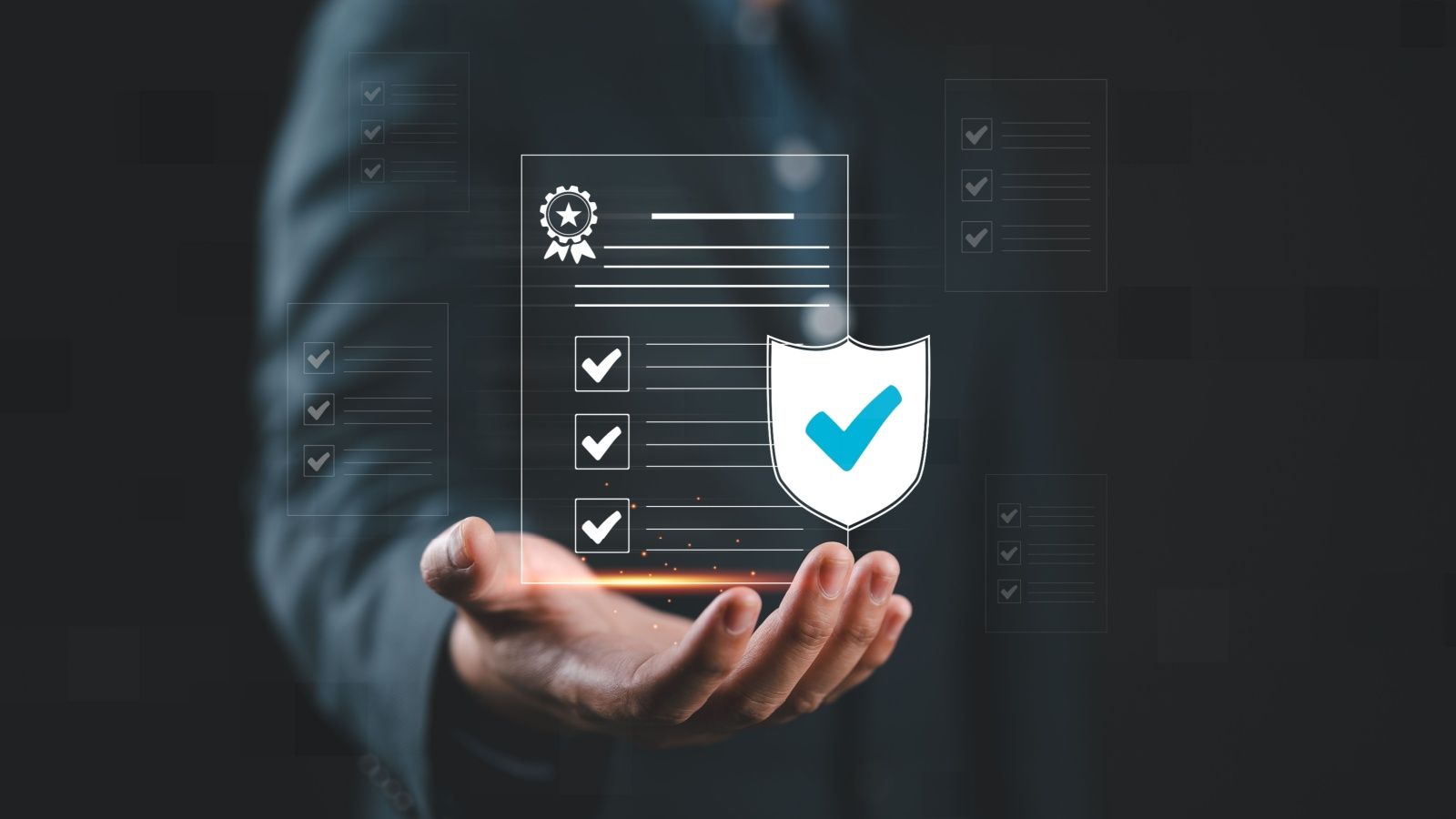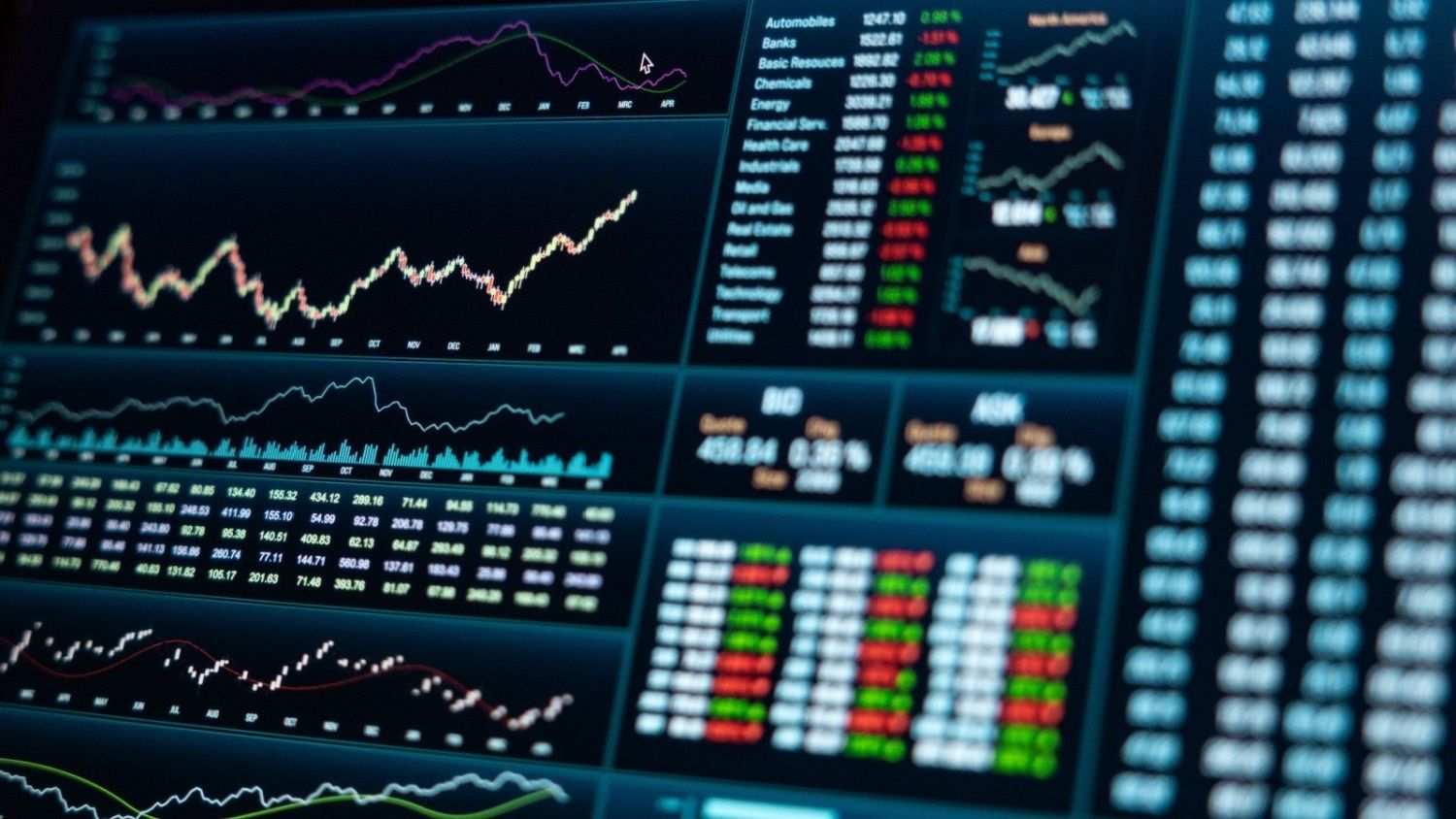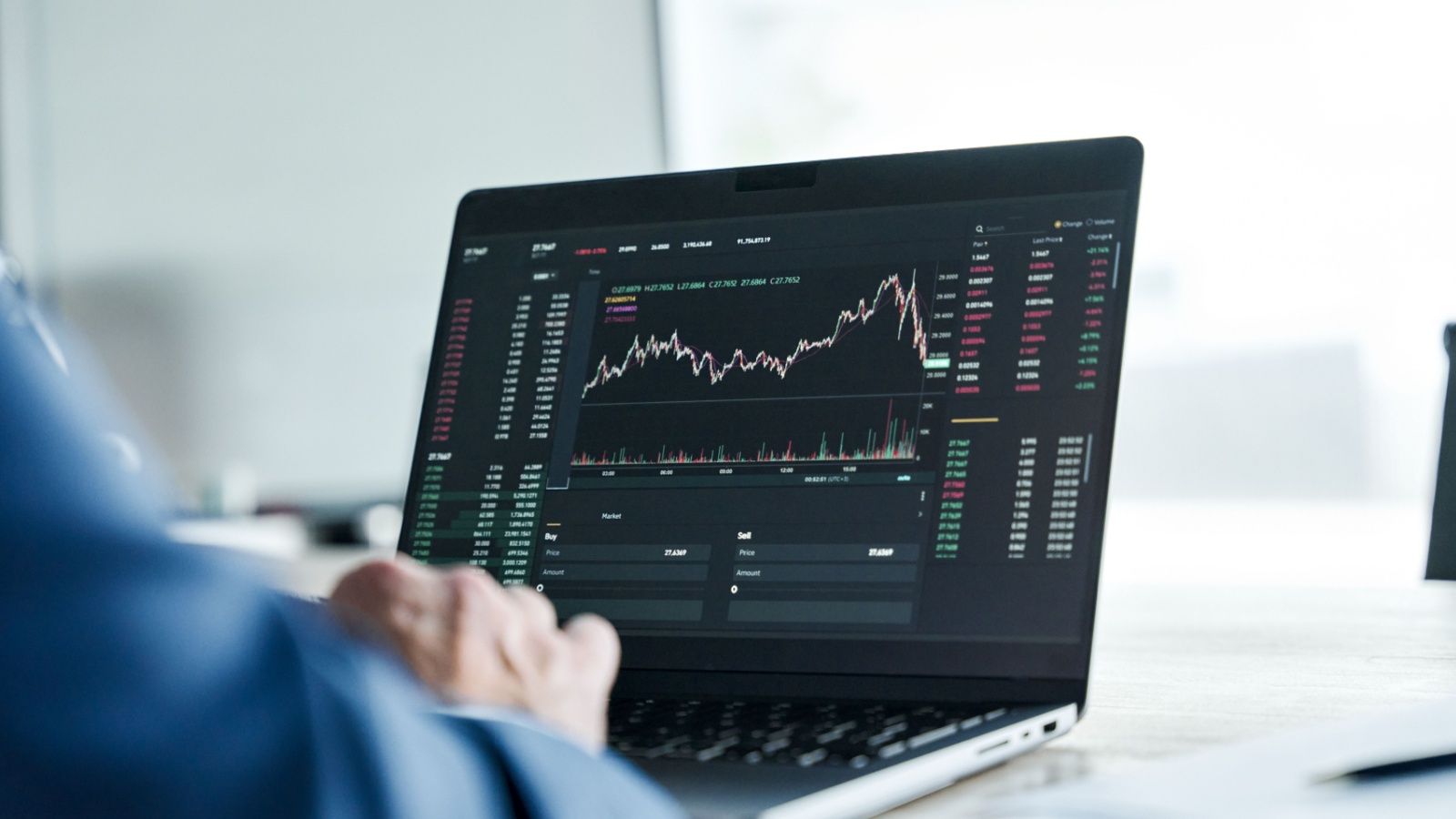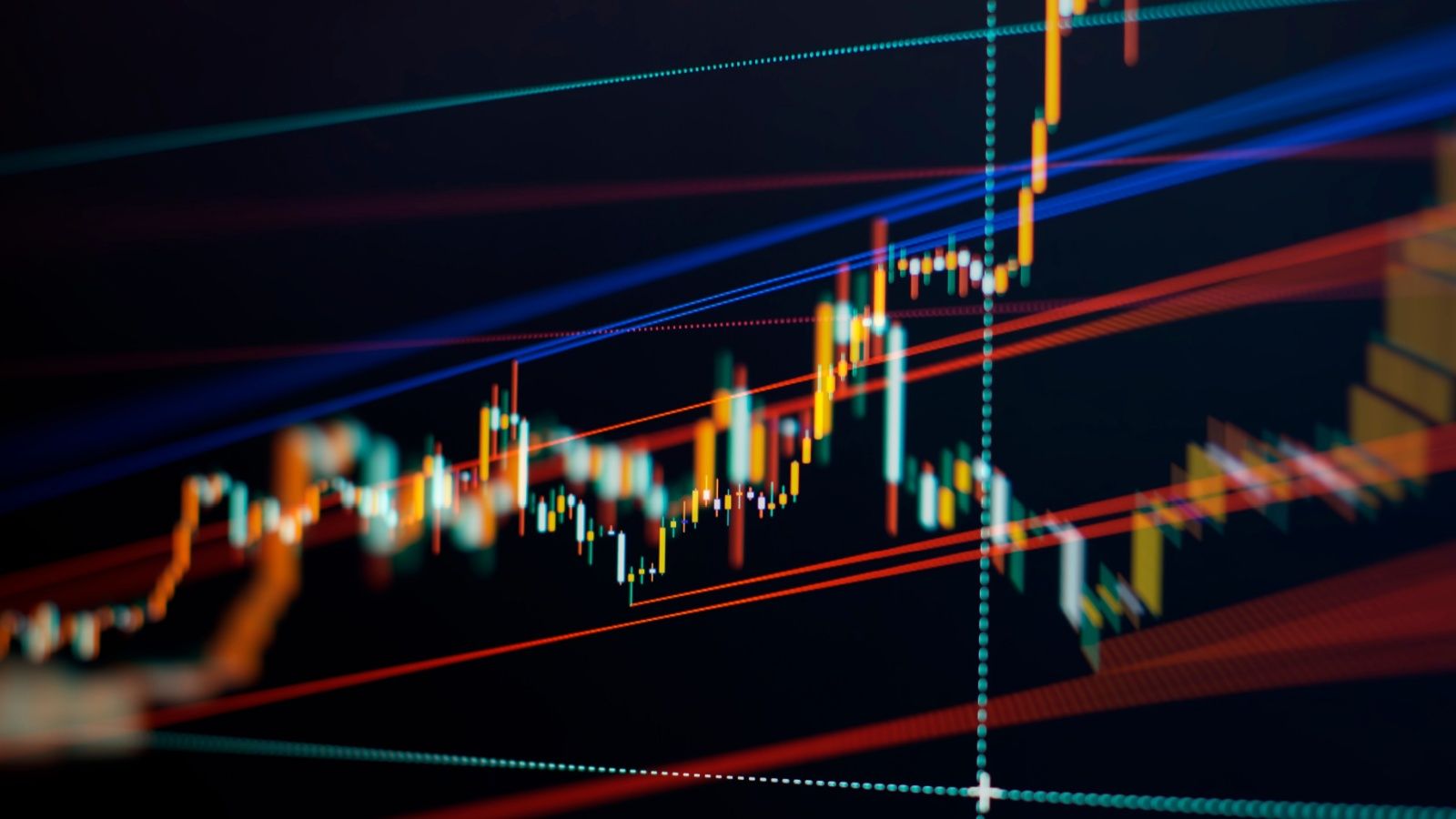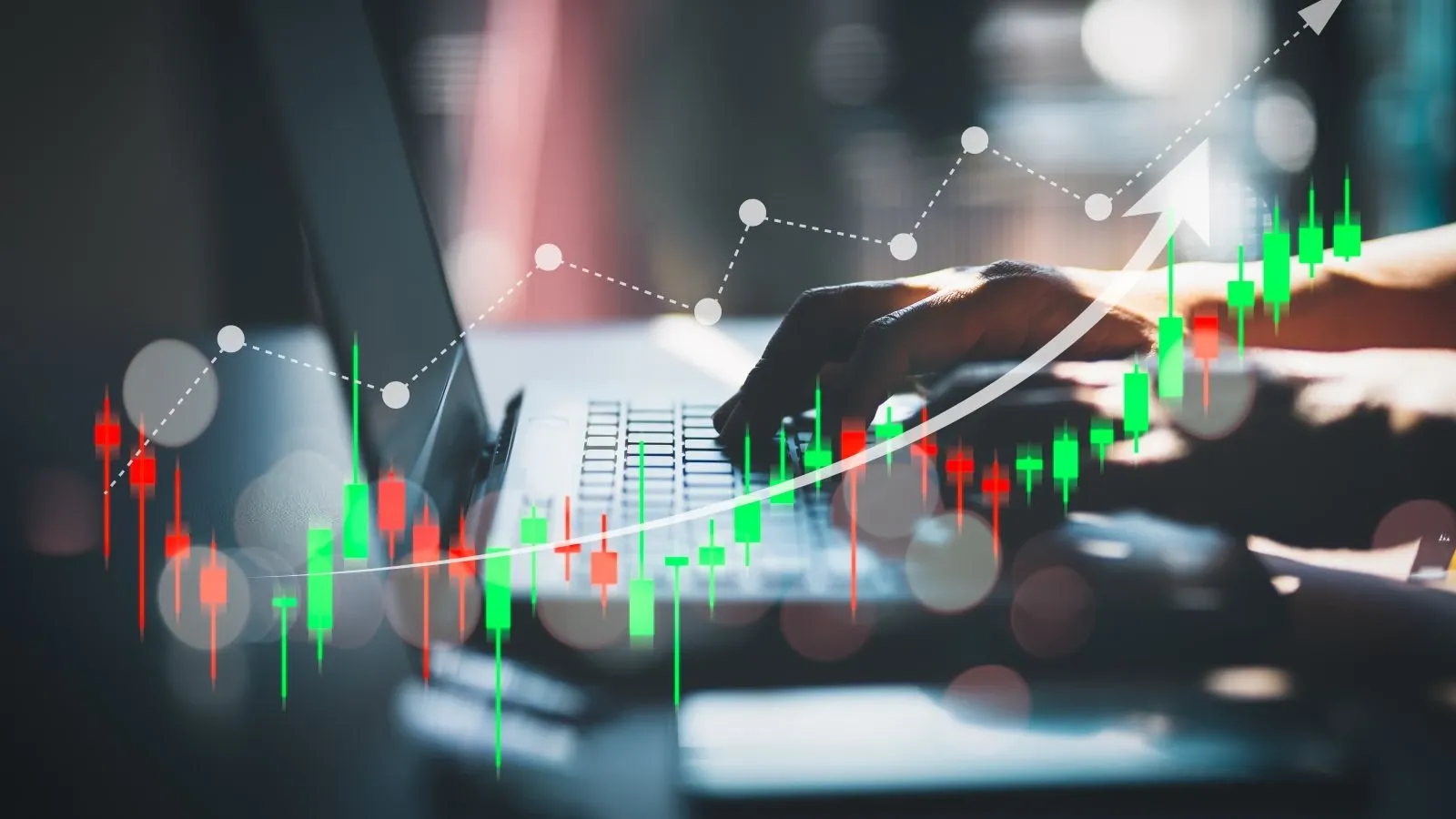Current Liabilities - Examples, What It Is, Meaning, Formula, Types, & How to Calculate
Written by Upstox Desk
Published on October 06, 2025 | 6 min read

What Are Current Liabilities?
A company's short-term financial obligations due in a year or within a typical operating cycle are called current liabilities. Liability arises when the company makes a transaction that brings an expectation of an outflow of cash or other resources in the future.
An organization's operating cycle, also known as the cash conversion cycle, is the time it takes to buy and turn that inventory into cash through sales.
While current liabilities are considered to be those economic expectations that are to be met within a year, often, this one year refers to the one business cycle. Thus, a liability holds beyond one year if the company's business cycle extends beyond a year.
Current liabilities are often a good determinant of a company's liquidity since these are short-term financial obligations settled against the current assets. These add on the right side of the balance sheet before non-current liabilities.
How Are Current Liabilities Generated?
A firm needs to pay expenses to run its operations. But occasionally, the cash at hand and the operational resources need to be sufficient to pay these bills. As a result, suppliers' and lenders' credit policies and loan options are the only solutions left.
Additionally, if a business generates a profit during its operating year and owes the government a share of that profit, it will be subject to taxation.
Current liabilities can be divided into numerous types. The most common type is accounts payable, which results from a purchase that hasn't been paid in full or represents incomplete invoices to the supplier. Companies try to get accounts receivable before they can get accounts payable to manage expenses.
Some other categories include accrued expenses, short-term notes payable, the current portion of long-term notes payable, and income tax payable. All of these elements are crucial for forecasting and valuation.
Some of the most common current liabilities that you will find on the balance sheet are listed below:
- Accounts payable
- Dividends payable
- Short-term debts such as bank loans or commercial paper issued to fund operations
- Current maturities of long-term debts
- Notes payable or the principal portion of outstanding debt
- The current portion of deferred revenue, such as prepayments by customers for work not yet completed or earned
- Interest payable on outstanding debts, including long-term obligations
- Income taxes owed within the next year
Accounting For Current Liability
Upon receiving an economic benefit due within a year, the company should immediately record a current liability as an asset or expense depending on its benefit. For example, let's say a car manufacturing unit receives its order for exhaust systems worth $10 million, due within 90 days. The accountants will record a credit entry in accounts payable and a debit entry to inventory for the same amount. Once it clears the dues, the company debits accounts payable worth $10 million.
Types Of Liabilities
There are three main types of liabilities recognized in the industry. The difference between them is discussed as follows:
Current Liabilities
These are the liabilities that the company must pay off within one operating cycle. They are written on the right side of the balance sheet right before recording non-current liabilities. Examples include short-term loans, accounts payable, trades payable, etc.
Non-Current Liabilities
These are liabilities that the company must pay within a period exceeding the specific operating cycle it is recorded in. they are also on the balance sheet's right side. Examples include debentures, mortgage loans, and bonds.
Contingent Liabilities
These are probable financial liabilities that come to realization only upon the occurrence of particular events. They are first recorded as an income statement and then on the right side of the balance sheet. Examples include lawsuits and warranties.
Different Ratios having Current Liabilities.
Investigating current liabilities independently of current assets yields no significant results. It is surely a good measure of a company's liquidity, but it has to be viewed in light of current assets to establish a substantial relationship.
Investors, thus, use different types of ratios involving current liabilities to get an idea about the same.
-
Current Ratio Or Working Capital Ratio
Current ratio = Total Current Assets/Total Current Liabilities
This ratio indicates a company's capacity to be able to pay its short-term financial obligations. It demonstrates how effectively a business is able to manage its balance sheet to settle its current liabilities. It demonstrates to investors and analysts whether a company has adequate liquid assets on hand to cover current liabilities and other payables.
-
Quick Ratio or Acid Test Ratio
Quick Ratio = (Current Assets-Inventory)/Current Liabilities
The quick ratio's methodology is closer to the current ratio's technique. The only exception is that it deducts the total inventories' value first. Since it only includes current assets that swiftly turn into cash, the quick ratio is a more cautious and accurate indicator of a company's liquidity.
It's essential to remember that for either of these ratios, a high ratio value could imply that the organization in question isn't making the most of its resources. While analyzing these ratios, investors must remember that to effectively manage their short-term liabilities, a company's management must be able to effectively leverage its current assets.
In addition, remember that the determination of which ratio is suitable for consideration differs from industry to industry.
Why Do Investors Consider Current Liabilities?
For creditors and investors, examining current liabilities is crucial in making investment decisions. For instance, banks want to know whether a business is promptly collecting or getting paid for its accounts receivable before issuing loans. In addition, it's also crucial for the company's payables to be paid on time.
The study of a company's financial soundness and management of its current liabilities are both aided by the current and quick ratios.
Conclusion
Investors and creditors depend on examining current liabilities for important investment decisions. Using it through various ratios gives them a picture of a business's financial stability and current liability management.
About Author
Upstox Desk
Upstox Desk
Team of expert writers dedicated to providing insightful and comprehensive coverage on stock markets, economic trends, commodities, business developments, and personal finance. With a passion for delivering valuable information, the team strives to keep readers informed about the latest trends and developments in the financial world.
Read more from UpstoxUpstox is a leading Indian financial services company that offers online trading and investment services in stocks, commodities, currencies, mutual funds, and more. Founded in 2009 and headquartered in Mumbai, Upstox is backed by prominent investors including Ratan Tata, Tiger Global, and Kalaari Capital. It operates under RKSV Securities and is registered with SEBI, NSE, BSE, and other regulatory bodies, ensuring secure and compliant trading experiences.
